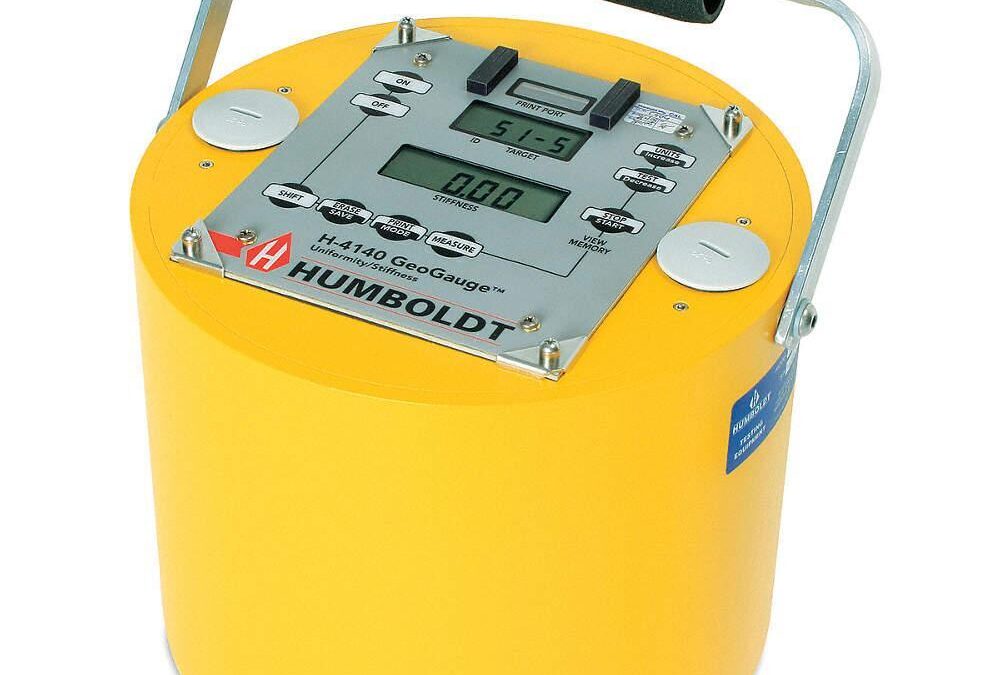White Shield geotechnical engineers provide consultation during the construction phase of projects. During construction, we observe the suitability and condition of subgrade for the placement of foundations and pavements. The subgrade or base must have suitable strength to support any structures built upon so that there is no settlement or subsidence. A common practice is the use of density testing using a nuclear densometer in conjunction with a soil proctor test using ASTM D698 and ASTM D1557 standards (referred to as “density”, hereafter).
However, it is commonplace for constructors to use coarser soils for fill and subgrade, or base construction. The problem occurs when you have over 30% by weight, of the soil retained on or above the ¾ in sieve. In these situations, the density tests using the ASTM D698 & D1557 standards are not valid. Contractors attempting to achieve “density” requirements will find difficult in achieving the 95% required for structures. It is much like trying to compact round marbles which are unable to bind together but simple roll. It has also been observed that the constant impact of compaction equipment breakdowns the material making it unsuitable for construction, and therefore density values decline. If you have problems “getting density” on a project, it may be that the material is “breaking down” and achieving density is impossible. This is particularly true with recycled concrete and other friable (brittle) soils/imported gravel. We have particularly found this to be true with the “black sands” encountered in the Franklin County area of Washington.
A solution is using the standard test method for measuring stiffness known as ASTM D6758 standard (referred to as “strength”, hereafter). We can perform this strength test using the Humboldt GeoGauge instrument. The GeoGauge directly measures in-place engineering properties during the construction process. It is able to simulate the stress and strain levels common for pavement, bedding and foundation applications.
White Shield uses the GeoGauge for applications that include subgrade, sub-base, base, monitoring the re-compaction of underground utility backfills to previous properties matching surrounding undisturbed materials, and the monitoring the compaction of asphalt. The tool is instrumental in the prevention of wasted effort and damaging over-compaction.
The Humboldt Geogauge provides the following benefits for your site grading and fill:
- A measurement takes 75 seconds which is much quicker than density measurements.
- Useful where density measurements cannot be used (i.e. coarse gravel and cobbles).
- A Proctor test is not needed, since the method measures strength.
- A compaction method can be quickly determined in the field (i.e. number of compaction passes and soil moisture).
- GeoGauge supports the compaction of brittle soil, recycled concrete, and very coarse fill material where conventional density is not achievable.
This GeoGauge has been applied for geotechnical services for over 20 years in the South Eastern Washington area. For additional information, contact the White Shield engineers at (509) 547-0100, or email at [email protected].

